These tanks will be acquired under ‘Project Zorawar’, named after the legendary military general, Zorawar Singh, who served under Raja Gulab Singh of Jammu.
On Saturday (July 6), the Defence Research and Development Organisation (DRDO) and private company Larsen & Toubro (L&T) unveiled the first prototype of the Zorawar light tank. It has successfully undergone internal testing at L&T’s Hazira facility in Gujarat. Developed in less than two years, the Zorawar light tank is designed specifically for such high-altitude regions as Ladakh and Sikkim.
These tanks will be acquired under ‘Project Zorawar’, named after the legendary military general, Zorawar Singh, who served under Raja Gulab Singh of Jammu. They are expected to have the same firepower as the current tanks.
The Indian Army has set specific requirements for a new tank, which should weigh around 25 tons, with a margin of more or less 10%. If the Zorawar passes all the necessary tests, it is expected to be added to the army’s arsenal by 2027.
The army plans to acquire 350 of these light tanks, mainly for use in the high-altitude areas of Ladakh and north Sikkim. The need for such a tank arose after China deployed its ZTQ-15 light tank during the Ladakh standoff in 2020.
The Indian Army uses T-72 and T-90 tanks in such areas as Demchok and Depsang in Ladakh, where the landscape is ideal for tank warfare. However, these tanks, each weighing over 40 tons, are not suitable for high-altitude regions, which are typically above 15,000 feet. At such high altitudes, the engines of these heavy tanks lose power due to thin air. This is where lighter tanks, such as the ZTQ-15 and the new Zorawar, have an advantage.
Engine Delays & Domestic Development
At first, a German engine was chosen to power the Zorawar, but obtaining the necessary export clearances from that country caused delays. Although the German government eventually approved the export, it was already too late and was slowing down the project. As a result, the tank was developed using an engine from Cummins, which has also agreed to assemble the engine in India, according to one of the sources, as reported by The Hindu.
Meanwhile, the DRDO has started a project to create a new power pack for the light tank, while also developing a 1400 HP engine for the Arjun Mk1A main battle tank, according to sources. To further this effort, the DRDO has partnered with L&T to develop a light tank domestically. They are working with numerous micro, small and medium enterprises for various sub-system developments, promoting the indigenous development of defence equipment through industry collaboration.
High-Altitude Tank Deployment Necessity
During the peak of the standoff in eastern Ladakh, after the confrontation on the Kailash range near the south bank of the Pangong Tso Lake in eastern Ladakh in August 2020, both India and China deployed tanks on the mountain peaks. These tanks were later withdrawn as part of the disengagement process from both sides of the lake.
According to The Hindu, since 2020, China has stationed its third-generation modern light tank ZTQ-15 (Type 15), the latest ZTL-11 wheeled Armoured Personnel Carriers and the CSK series of assault vehicles along the line-of-actual control in eastern Ladakh. During the standoff, the army recognized the need for a light tank that could operate at 15,000 feet for easier deployment and manoeuvrability, despite initially denying this requirement.
A key requirement for this light tank is its weight, which must not exceed 25 tons, allowing it to be transported by air. Officials noted that the tank will be capable of firing at high angles and can serve as limited artillery, making it a highly agile weapon platform with improved tactical and operational mobility. It is a versatile platform built in a modular fashion to accommodate future upgrades, according to what one informed official told the media source.
High-Tech Combat Lightweight Tank
The lightweight tank, capable of operating on both land and water, can easily navigate steep mountain slopes and cross rivers, unlike the heavier T-72 and T-90 tanks. This versatility makes it more manoeuvrable on different terrains. The army also wants these light tanks to be amphibious, allowing for deployment in such riverine regions as the Pangong Tso Lake.
Following the Russia-Ukraine conflict, drones and loitering munitions have been added to the tanks. The Zorawar tank is designed to have weapons for both anti-aircraft and ground combat, along with advanced smart munitions and anti-tank guided missiles launched from its gun tube.
Additionally, the army wants the light tank to be able to identify enemy targets from long distances, fight effectively at night using thermal imaging and have stealth features to reduce its visual, sound, heat and electromagnetic signatures.
Photos that were released show the tank featuring a 105mm turret from Belgian manufacturer John Cockerill. It is equipped with thermal sights, night-fighting capabilities and can launch anti-tank guided missiles from its tube.
(The author of this article is a Defence, Aerospace & Political Analyst based in Bengaluru. He is also the Director of ADD Engineering Components, India, Pvt. Ltd, a subsidiary of ADD Engineering GmbH, Germany. You can reach him at: girishlinganna@gmail.com)
(Disclaimer: The views expressed above are the author's own and do not reflect those of DNA)
![submenu-img]() IND vs BAN, 1st T20I Dream11 prediction: Fantasy cricket tips for India vs Bangladesh
IND vs BAN, 1st T20I Dream11 prediction: Fantasy cricket tips for India vs Bangladesh![submenu-img]() Zomato CEO Deepinder Goyal reveals he was ‘kicked out’ of Shark Tank India season 4 by…
Zomato CEO Deepinder Goyal reveals he was ‘kicked out’ of Shark Tank India season 4 by…![submenu-img]() Harsh Goenka shares three lessons for success he learnt from Mukesh Ambani, says, 'I have always...'
Harsh Goenka shares three lessons for success he learnt from Mukesh Ambani, says, 'I have always...'![submenu-img]() Nagarjuna Akkineni in trouble? Complaint filed against Telugu star over Hyderabad's Convention centre
Nagarjuna Akkineni in trouble? Complaint filed against Telugu star over Hyderabad's Convention centre![submenu-img]() Laapataa Ladies: Japan audiences laud Kiran Rao's 'moving tale that transcends borders'
Laapataa Ladies: Japan audiences laud Kiran Rao's 'moving tale that transcends borders'![submenu-img]() Poll of Polls: जम्मू-कश्मीर में कांग्रेस-NC बहुमत के करीब, हरियाणा में BJP पस्त, जानें क्या कहते हैं Exit पोल्स?
Poll of Polls: जम्मू-कश्मीर में कांग्रेस-NC बहुमत के करीब, हरियाणा में BJP पस्त, जानें क्या कहते हैं Exit पोल्स?![submenu-img]() IND vs BAN: बांग्लादेश के खिलाफ टी20 सीरीज से शिवम दुबे हुए बाहर, BCCI ने इस खिलाड़ी को दिया मौका
IND vs BAN: बांग्लादेश के खिलाफ टी20 सीरीज से शिवम दुबे हुए बाहर, BCCI ने इस खिलाड़ी को दिया मौका![submenu-img]() Jabalpur Hotel Blast: जबलपुर के होटल में बड़ा ब्लास्ट, गैस लाइन की टेस्टिंग में हुआ हादसा, एक महिला की मौत, 8 घायल
Jabalpur Hotel Blast: जबलपुर के होटल में बड़ा ब्लास्ट, गैस लाइन की टेस्टिंग में हुआ हादसा, एक महिला की मौत, 8 घायल![submenu-img]() Haryana Election Exit Poll Results 2024 Live: हरियाणा में हर सर्वे दिखा रहा कांग्रेस 'सरकार', जानें एग्जिट पोल्स में कितना पिछड़ी BJP
Haryana Election Exit Poll Results 2024 Live: हरियाणा में हर सर्वे दिखा रहा कांग्रेस 'सरकार', जानें एग्जिट पोल्स में कितना पिछड़ी BJP![submenu-img]() J&K Exit Poll 2024 : आ गए एग्जिट पोल के नतीजे, कांग्रेस गठबंधन को बढ़त, जानें BJP और PDP की स्थिति
J&K Exit Poll 2024 : आ गए एग्जिट पोल के नतीजे, कांग्रेस गठबंधन को बढ़त, जानें BJP और PDP की स्थिति![submenu-img]() This company overtakes Ratan Tata's firm to become India’s…; it is owned by…
This company overtakes Ratan Tata's firm to become India’s…; it is owned by…![submenu-img]() Mahindra Thar ROXX booking to start from..., check waiting period, details
Mahindra Thar ROXX booking to start from..., check waiting period, details![submenu-img]() BMW launches CE 02 electric scooter in India; price starts at Rs…
BMW launches CE 02 electric scooter in India; price starts at Rs…![submenu-img]() Mahindra Thar Roxx 4x4 prices revealed, starts at Rs…
Mahindra Thar Roxx 4x4 prices revealed, starts at Rs…![submenu-img]() Sebi gives nod to Hyundai India's Rs 20,000 crore IPO, listing month is...
Sebi gives nod to Hyundai India's Rs 20,000 crore IPO, listing month is...![submenu-img]() Meet woman, who failed in four UPSC prelims, missed interview, got panic attack, then finally became...
Meet woman, who failed in four UPSC prelims, missed interview, got panic attack, then finally became...![submenu-img]() Meet IIT graduate, who didn't settle for IPS posting, cracked UPSC exam twice to become...
Meet IIT graduate, who didn't settle for IPS posting, cracked UPSC exam twice to become...![submenu-img]() Meet IIT-JEE topper with 355 marks in JEE Advanced, whose father works at Mukesh Ambani's Reliance Jio, aims to join..
Meet IIT-JEE topper with 355 marks in JEE Advanced, whose father works at Mukesh Ambani's Reliance Jio, aims to join..![submenu-img]() Meet woman who begged in childhood, became doctor after 20 years of struggle, now she is...
Meet woman who begged in childhood, became doctor after 20 years of struggle, now she is...![submenu-img]() Meet man, who left govt job as Assistant Excise Officer, used to get Rs 50000000, now works as...
Meet man, who left govt job as Assistant Excise Officer, used to get Rs 50000000, now works as...![submenu-img]() After Hassan Nasrallah's Death, This Cleric Is Now Tipped To Be Hezbollah Leader | Israel | Lebanon
After Hassan Nasrallah's Death, This Cleric Is Now Tipped To Be Hezbollah Leader | Israel | Lebanon![submenu-img]() Hashem Safieddine, Cousin Of Hassan Nasrallah To Become Hezbollah's New Chief | Israel-Lebanon War
Hashem Safieddine, Cousin Of Hassan Nasrallah To Become Hezbollah's New Chief | Israel-Lebanon War![submenu-img]() Israel Hezbollah War: Nasrallah's Death, A Turning Point for Hezbollah's Future? Experts Explain
Israel Hezbollah War: Nasrallah's Death, A Turning Point for Hezbollah's Future? Experts Explain![submenu-img]() Israel Hezbollah War: Hassan Nasrallah's Death Leads To Protests In J&K, Ex-CM Mehbooba Mufti Reacts
Israel Hezbollah War: Hassan Nasrallah's Death Leads To Protests In J&K, Ex-CM Mehbooba Mufti Reacts![submenu-img]() Israel Hezbollah War: Nasrallah's Death Leads To Protest By Women & Children In Jammu And Kashmir
Israel Hezbollah War: Nasrallah's Death Leads To Protest By Women & Children In Jammu And Kashmir![submenu-img]() BIG boost for Mukesh Ambani's Jio Financial Services, to challenge ICICI, SBI bank as his company gets SEBI nod for...
BIG boost for Mukesh Ambani's Jio Financial Services, to challenge ICICI, SBI bank as his company gets SEBI nod for...![submenu-img]() Anil Ambani-led company's total debt stands at Rs 40413 crore but...
Anil Ambani-led company's total debt stands at Rs 40413 crore but...![submenu-img]() These siblings overtake Gautam Adani in billionaires list, combined net worth more than Elon Musk, they are…
These siblings overtake Gautam Adani in billionaires list, combined net worth more than Elon Musk, they are…![submenu-img]() Meet wife of famous Indian cricketer, who cracked CS exam, now earns crores by selling cakes, her net worth is...
Meet wife of famous Indian cricketer, who cracked CS exam, now earns crores by selling cakes, her net worth is...![submenu-img]() Success story in every spray: How Toxic Male Perfume captured India's heart and market
Success story in every spray: How Toxic Male Perfume captured India's heart and market![submenu-img]() 10 Aabha Paul photos and videos that rule Instagram
10 Aabha Paul photos and videos that rule Instagram![submenu-img]() India’s most expensive cars and their owners
India’s most expensive cars and their owners![submenu-img]() Who is IIT professor Chetan Solanki aka 'Solar Gandhi'who went viral for his torn socks?
Who is IIT professor Chetan Solanki aka 'Solar Gandhi'who went viral for his torn socks?![submenu-img]() Bigg Boss 18: Step into cave-hotel themed BB house with 107 cameras, luxurious bathroom, scary jail, spacious bedroom
Bigg Boss 18: Step into cave-hotel themed BB house with 107 cameras, luxurious bathroom, scary jail, spacious bedroom![submenu-img]() All about Anupama Parameswaran, who played simpleton in debut film, became famous for bold scenes, dated..
All about Anupama Parameswaran, who played simpleton in debut film, became famous for bold scenes, dated..![submenu-img]() J-K Elections 2024: Exit polls give edge to Congress-NC alliance, BJP likely to win…
J-K Elections 2024: Exit polls give edge to Congress-NC alliance, BJP likely to win…![submenu-img]() Haryana Exit Poll Results 2024: Pollsters predict major win for Congress, setback for BJP
Haryana Exit Poll Results 2024: Pollsters predict major win for Congress, setback for BJP![submenu-img]() Former cricketer and actor Salil Ankola's mother found dead, police say injury...
Former cricketer and actor Salil Ankola's mother found dead, police say injury...![submenu-img]() NCRTC kicks off trial runs of Namo Bharat trains on Sahibabad-New Ashok Nagar route: Check speed, timings and distance
NCRTC kicks off trial runs of Namo Bharat trains on Sahibabad-New Ashok Nagar route: Check speed, timings and distance![submenu-img]() 'Gave up arms, adopted Gandhian way of...': Separatist Yasin Malik in court
'Gave up arms, adopted Gandhian way of...': Separatist Yasin Malik in court


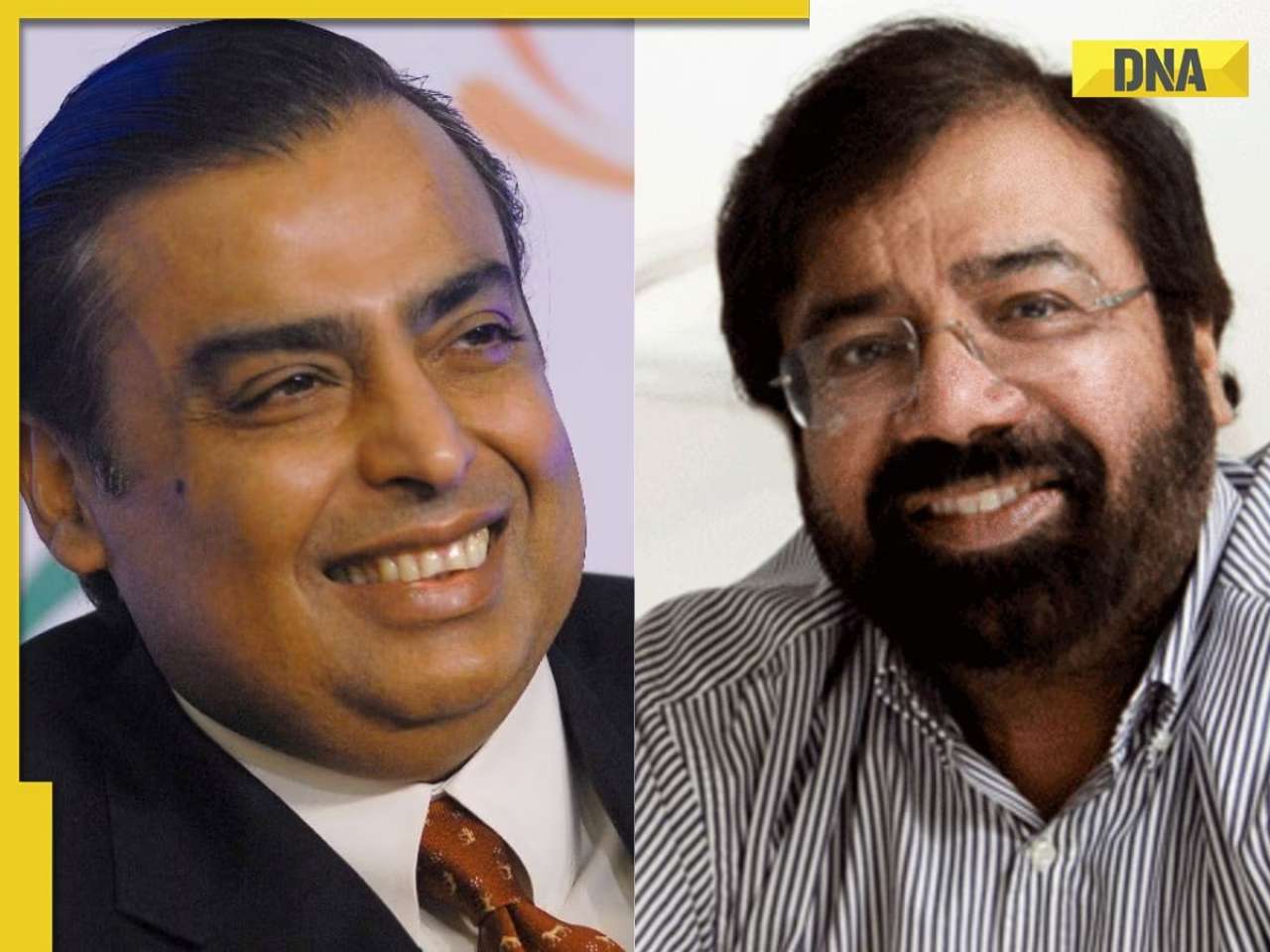
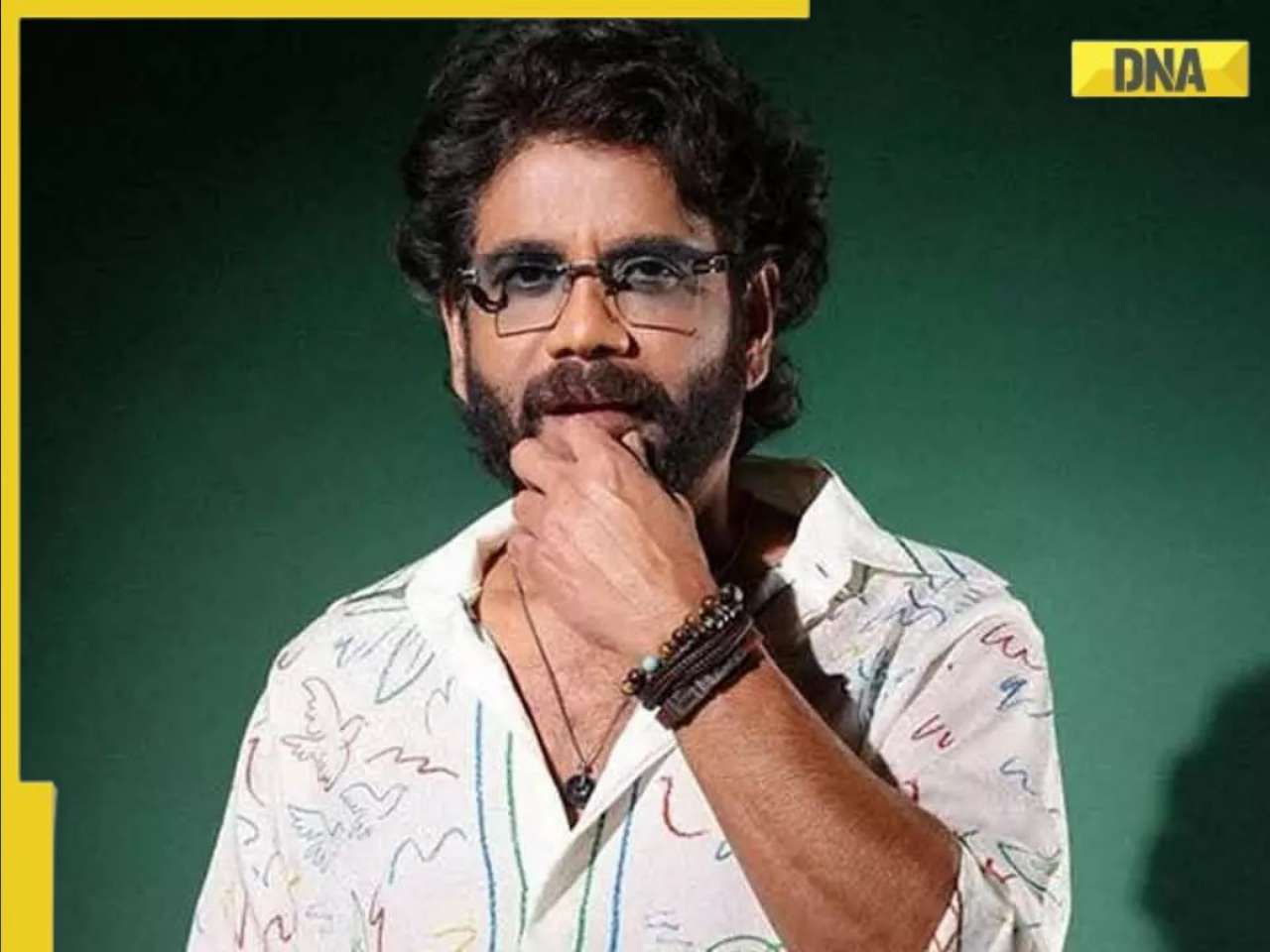











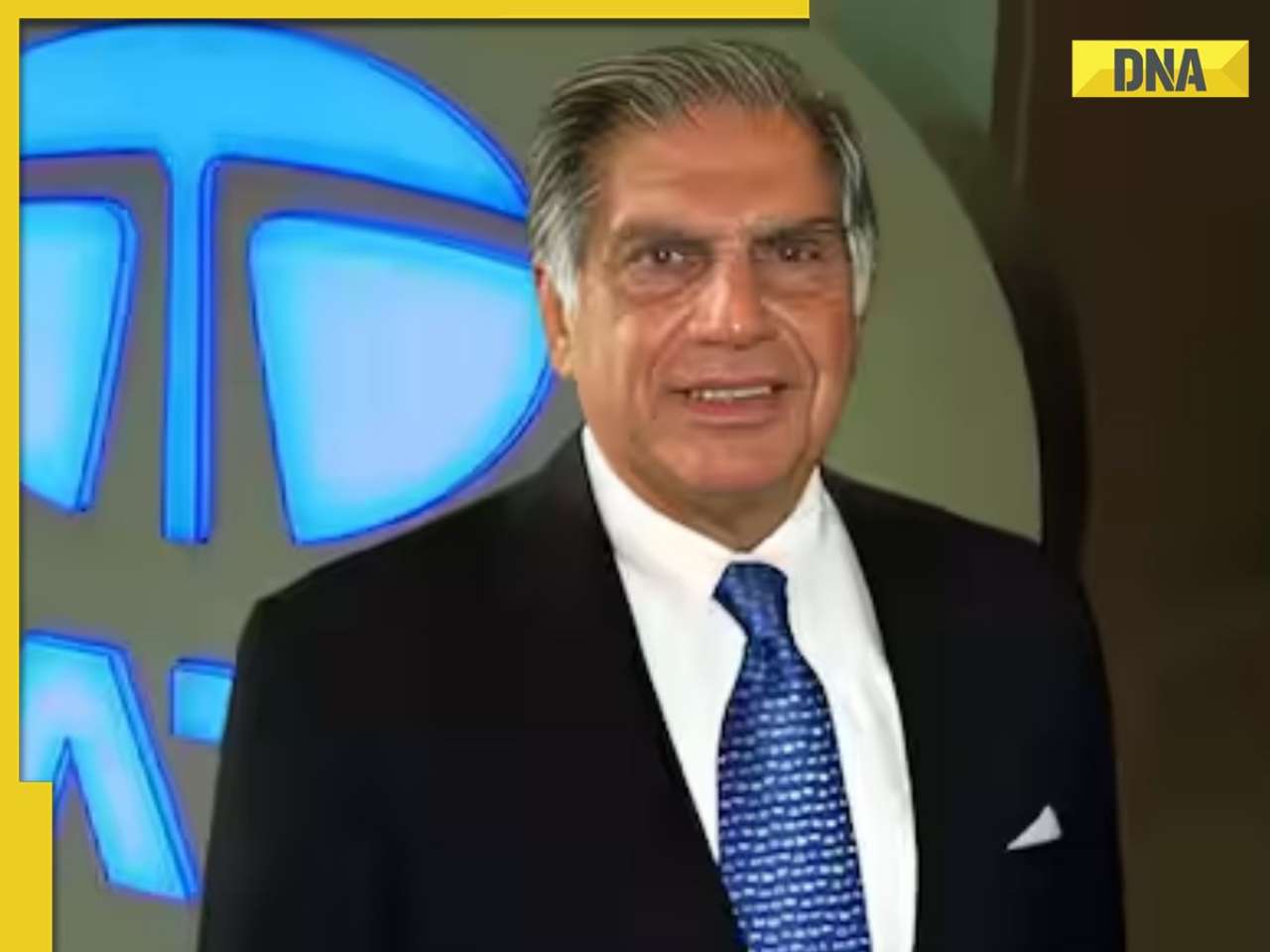

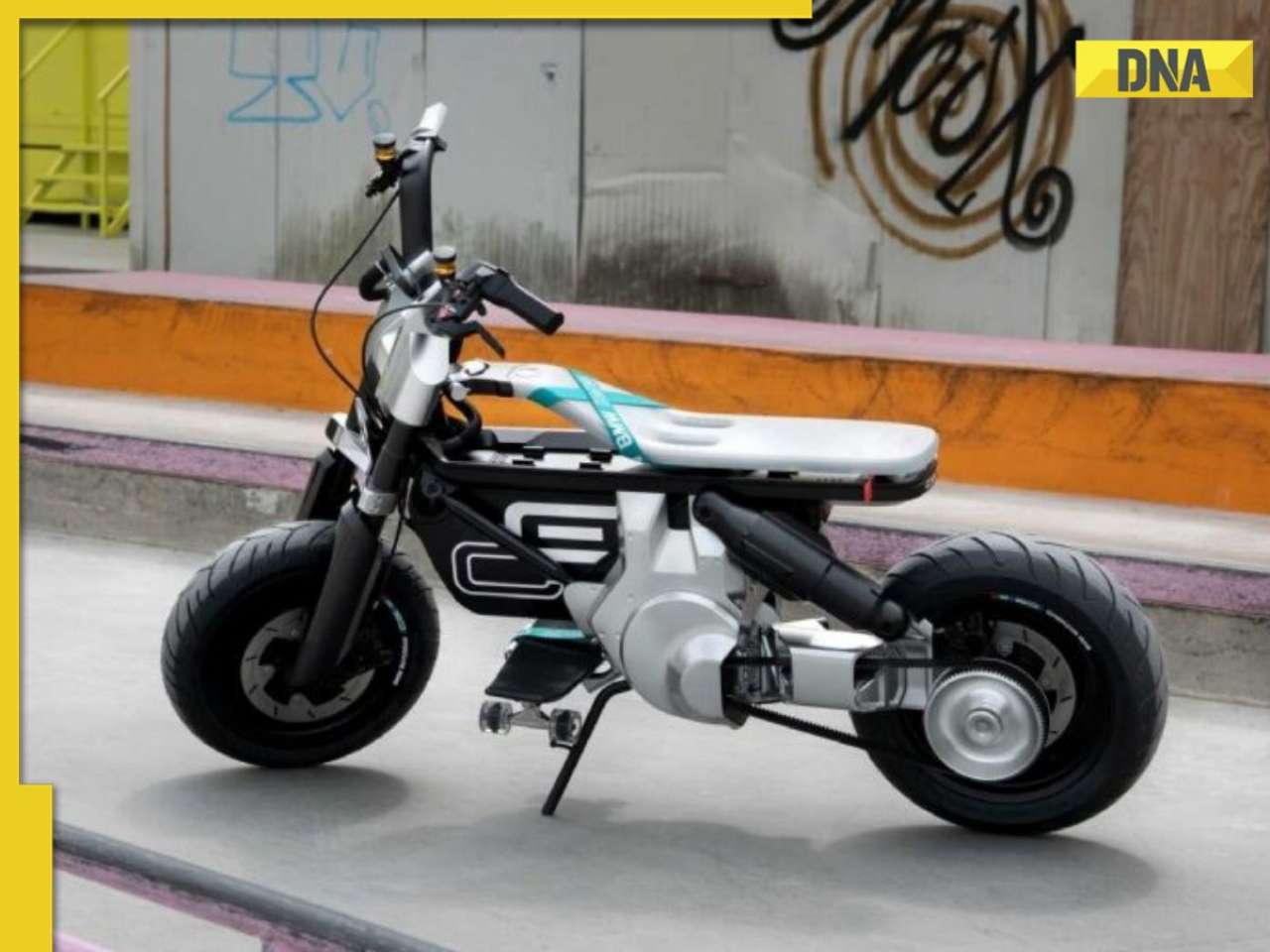
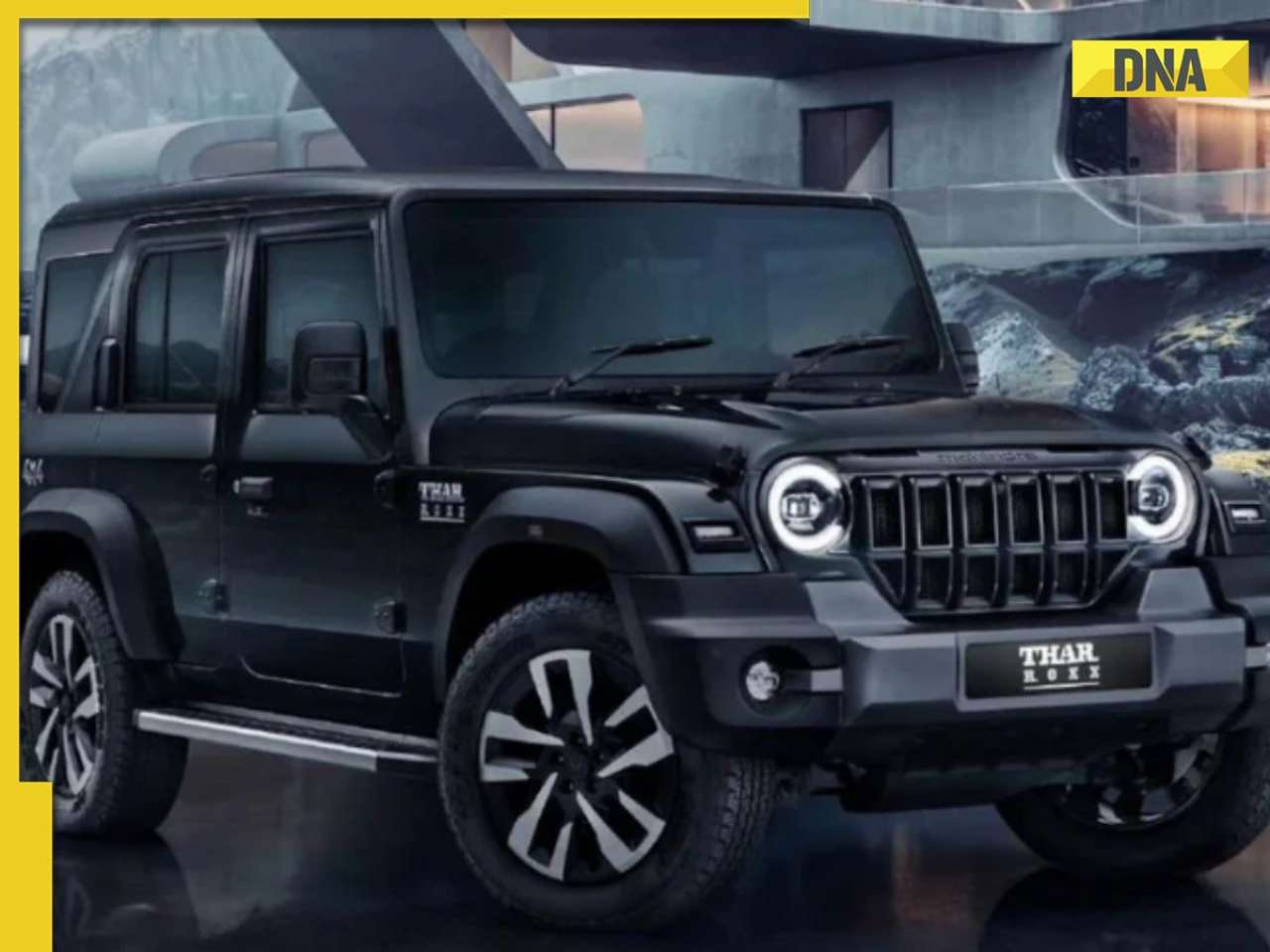


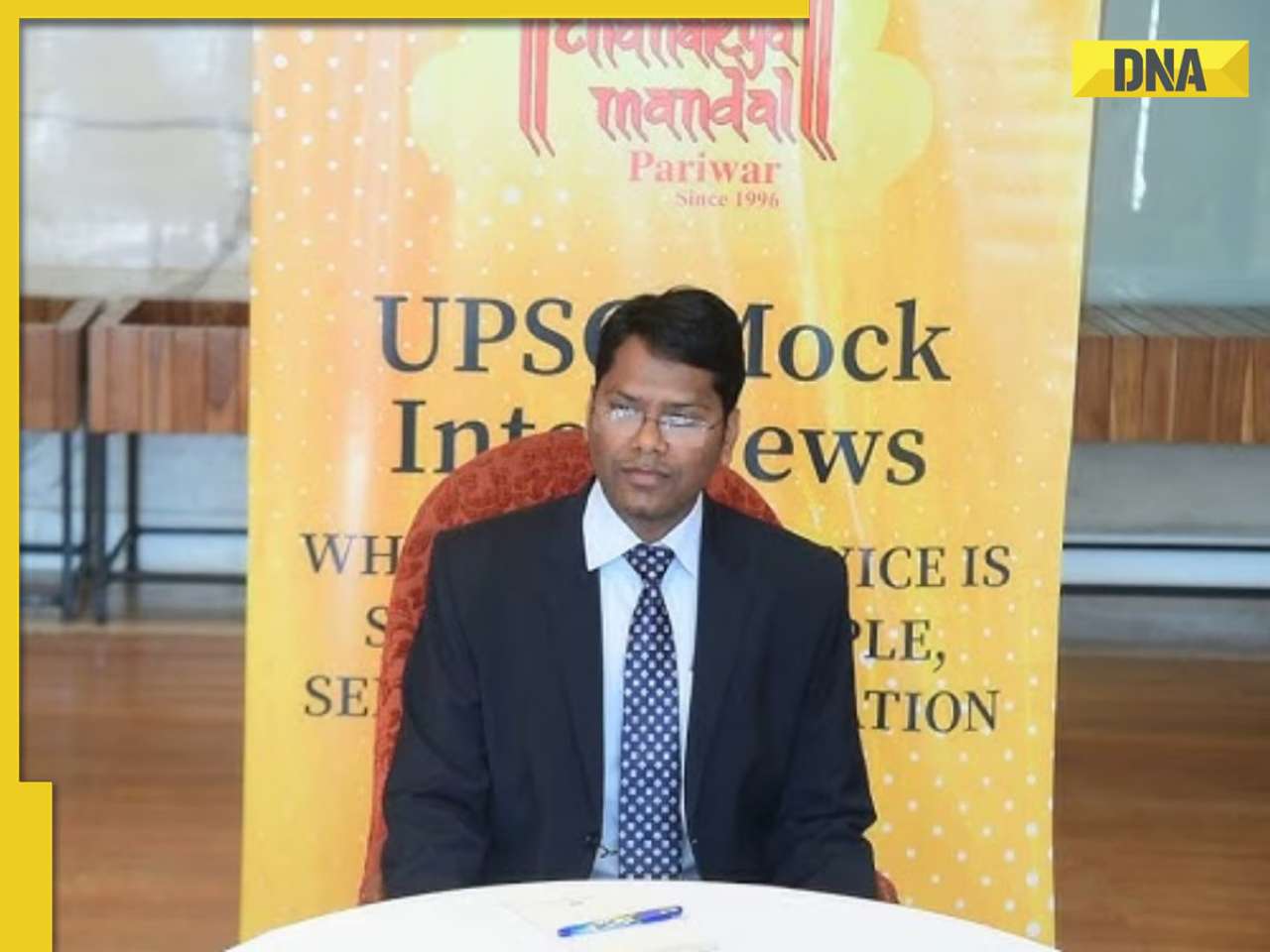





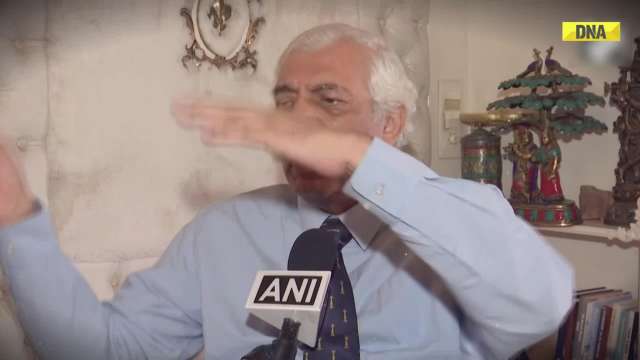

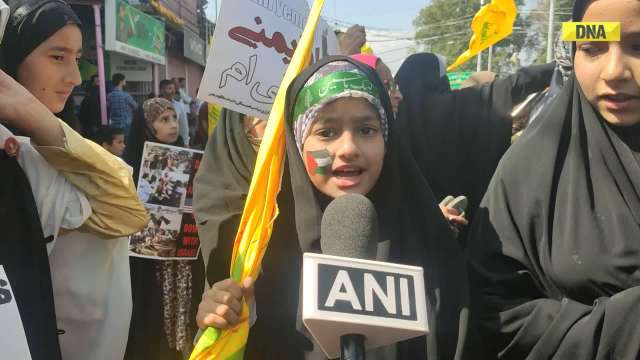

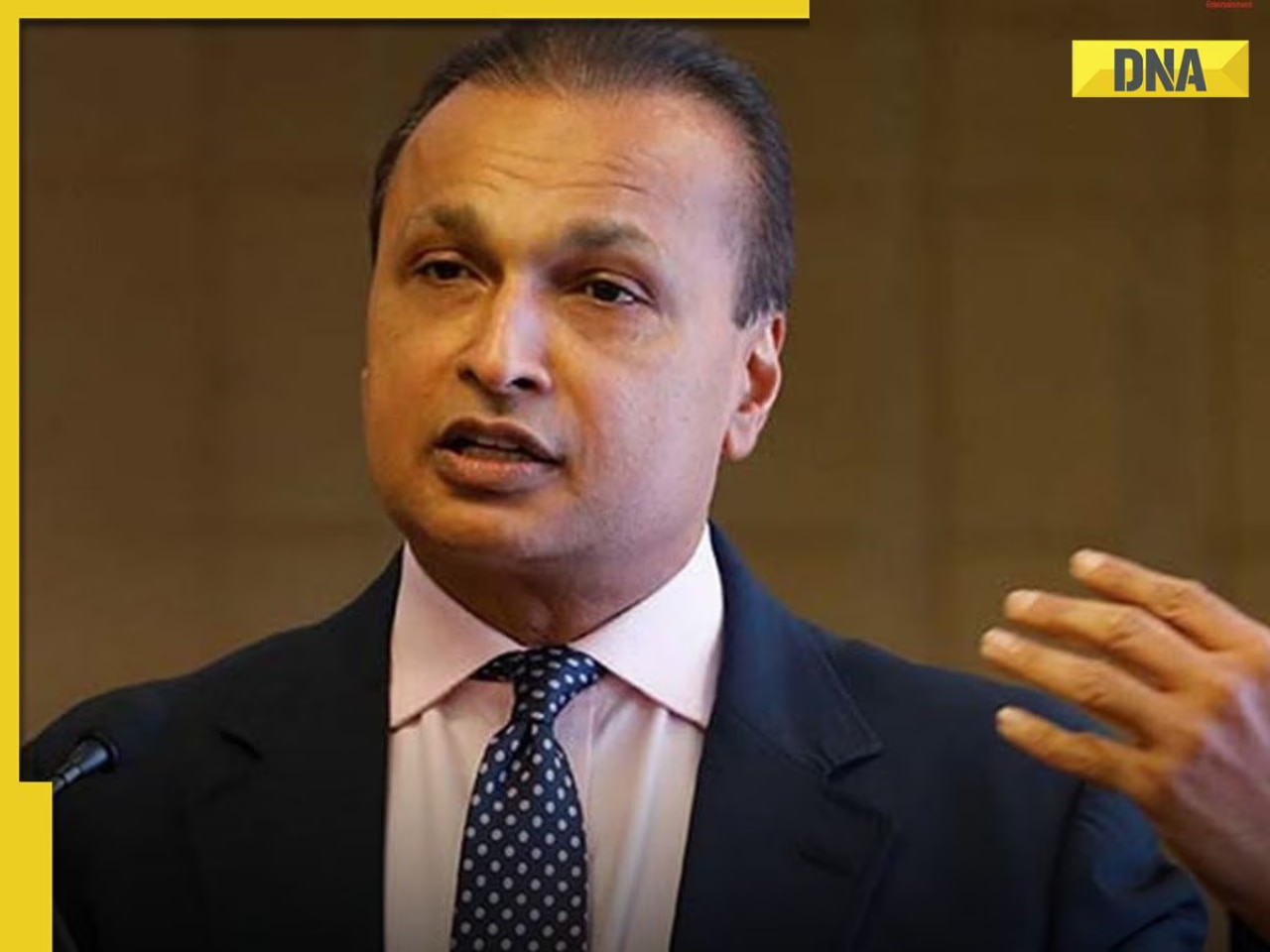









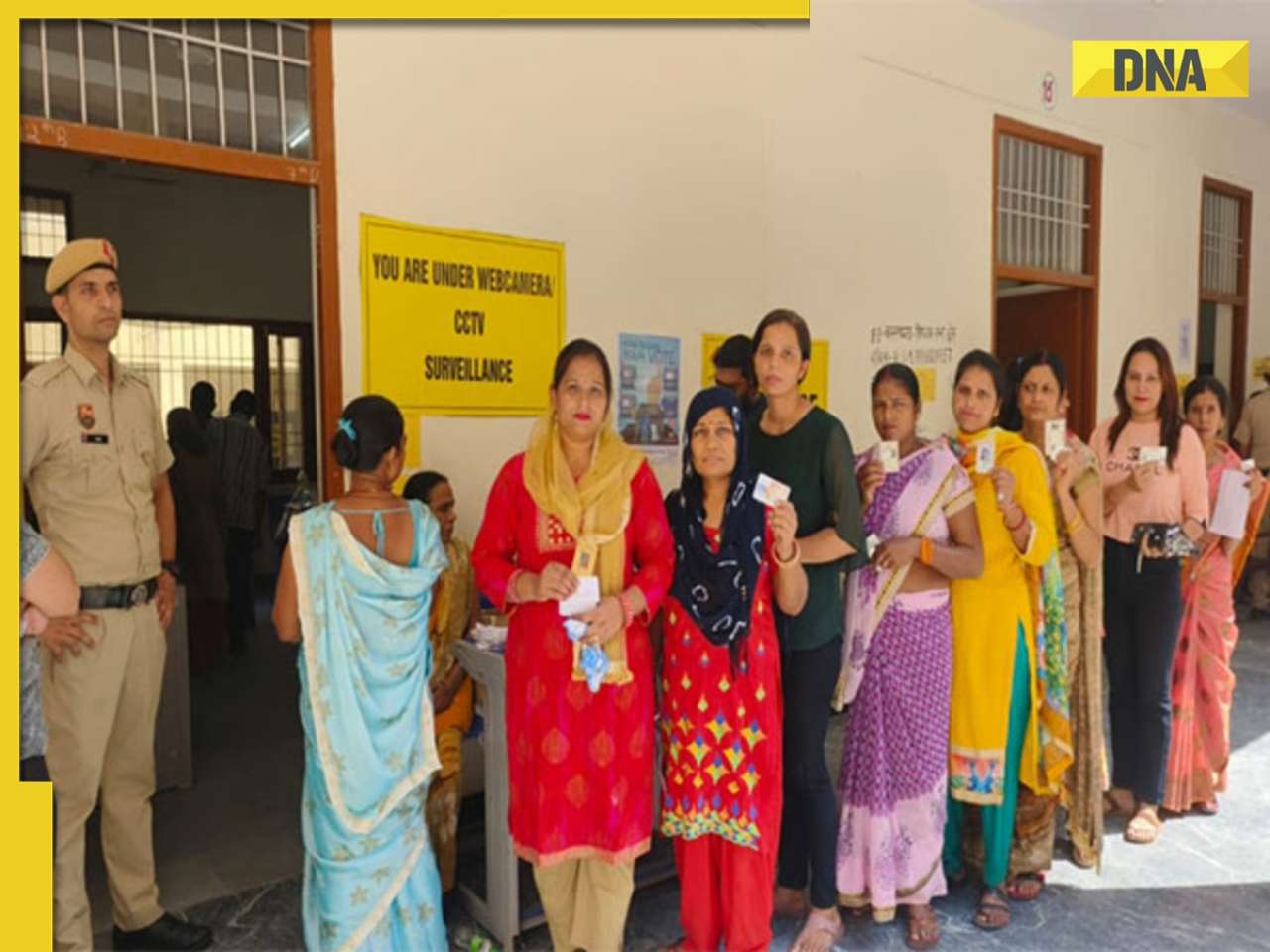


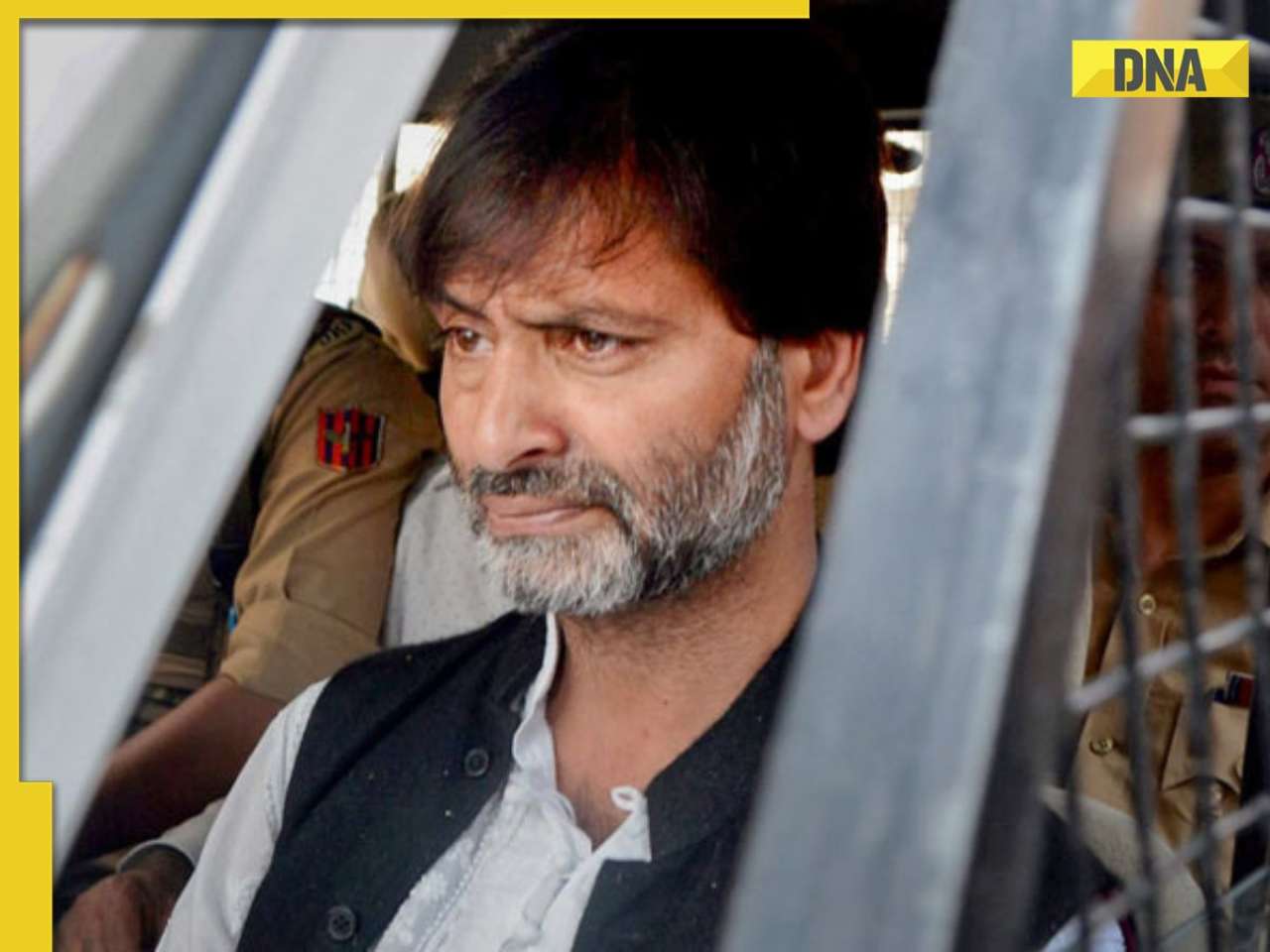

)
)
)
)
)
)
)
)
)
)
)
)
)
)
)





)
)
)
)
)
)